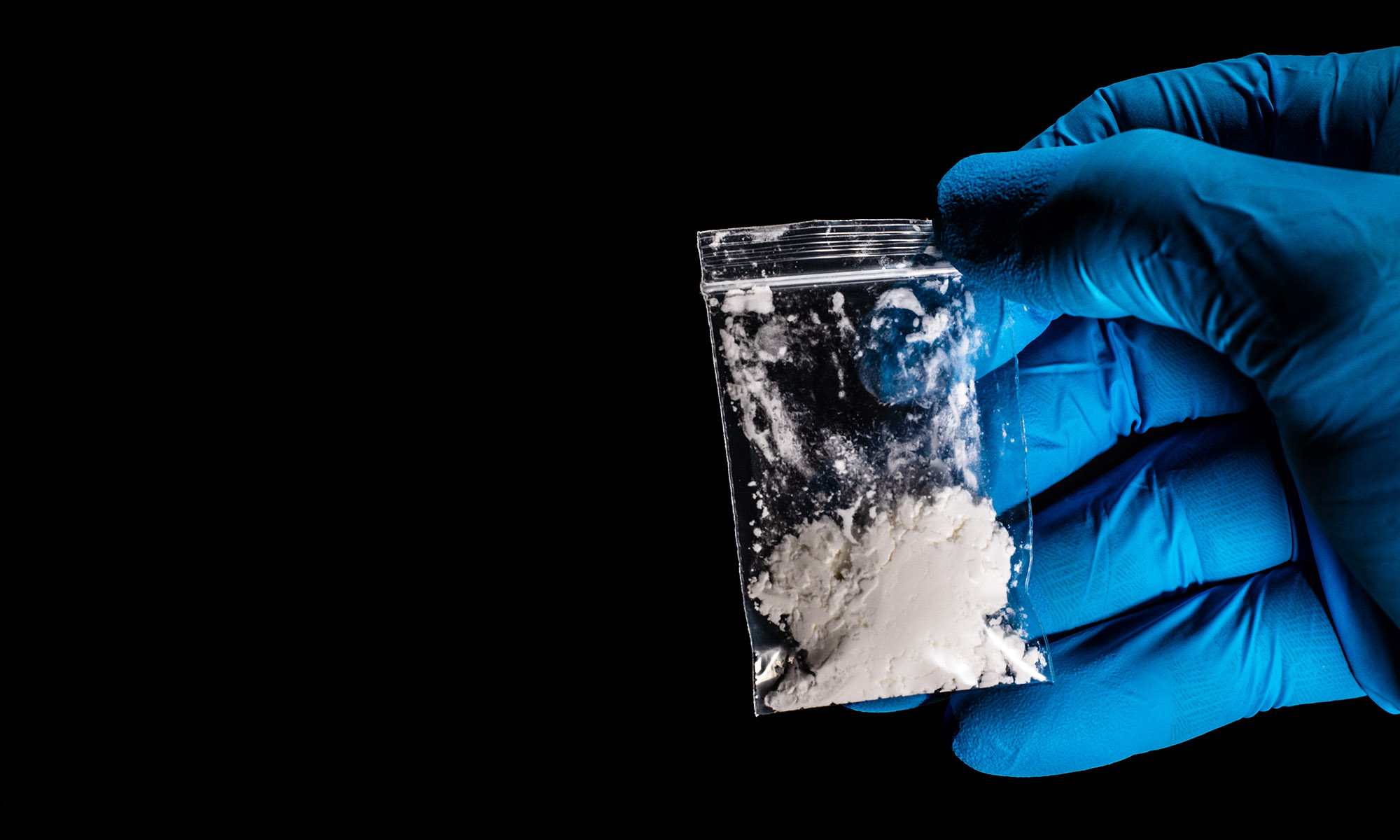Effectiveness Key to Chemical Threat Remediation
The collection and subsequent cleanup of illicit production, distribution, and use sites is a risky operation for law enforcement and the contractors typically hired to perform such site remediation. The use of products proven through rigorous and standardized testing will enable a safe, expedited, and more thorough cleaning of these types of sites and provide a more rapid return to normal for the civilians who reside in adjacent areas. That is why the development of such standards for the degradation, destruction, and neutralization of these products is so important.
There is not a regulatory body charged with dictating standards and providing oversight for decontamination of most organic chemical threats. The OSHA, FDA, and EPA do make recommendations for biological pathogens, heavy metals, and a few other industrial chemicals. For chemical warfare agents (CWAs), there are some rigorous standards developed and overseen by the military such as Test Operations Procedure (TOP) 08-2-061A, which has also been applied to TICs (toxic industrial chemicals) and TIMs (toxic industrial materials). Most, if not all guides provide information on the overall process and the items to be used, not the methods by which those items have been validated.

Unfortunately, such standards do not exist for several other materials, including drugs of abuse. In recent years, the prevalence and severity of the opioid crisis has significantly increased demand for more decontamination solutions. This has prompted companies to introduce products onto the market and make claims about their efficacy but lack publicly available data to support these claims. These products, including some used in opioid and clandestine cleanup, that market themselves as “effective” in the degradation, destruction, and neutralization of chemical and biological agents are often prone to overstatements, misunderstanding, and misinterpretation. That is because of an ambiguity in how these terms are defined. This can make the use of these products ineffective at best, and at their worst, dangerous to those entering the environment after their use because the contamination threat has not necessarily been adequately removed from the area. This can pose a health threat to first responders and others responsible for working in an environment that may be contaminated.
Why are standards important?
By supporting the development of standards, we can help ensure that products designed to decontaminate an environment are actually effective at doing so. This helps protect first responders and others who may otherwise come into contact with these harmful substances.
When designing a study to assess the efficacy of decontamination products, which can be utilized in established standards, there are several variables to be considered. These parameters help guide our work in determining what meets the needs of our client and what does not. Specifically, we look at variables that include:
- What phase of development is the product in? Has it been around for years and is now being tested against a new substance or on a new material? Or is it a new product that is being evaluated for the first time?
- What type of test material is available? If it is a drug of abuse or biological agent, is it available for use in our testing? In the quantity necessary to replicate an actual use-case?
- What type of test material is applicable? Is what is being tested applicable to real-world scenarios?
- What are the expected operational scenarios? Is the product expected to clean the surface? Decontaminate the surface? Capture the threat? Chemically neutralize the threat?
Establishing these initial variables will support an effective study design.



